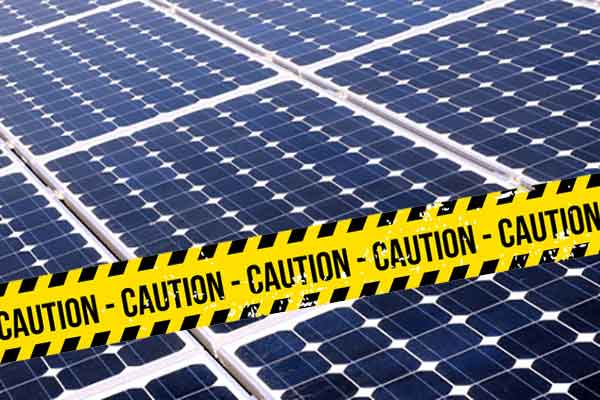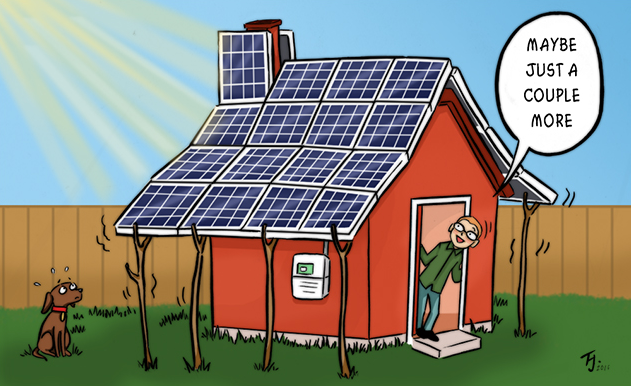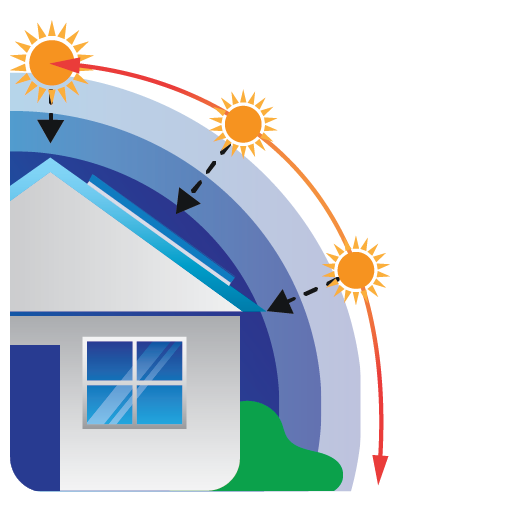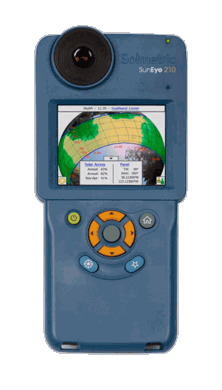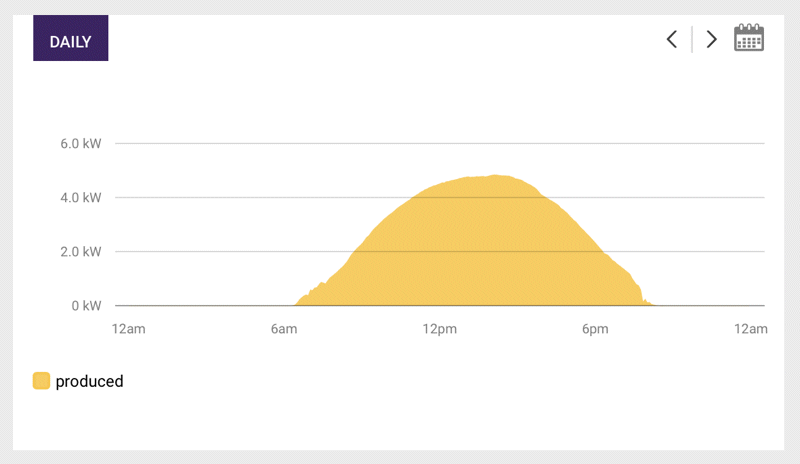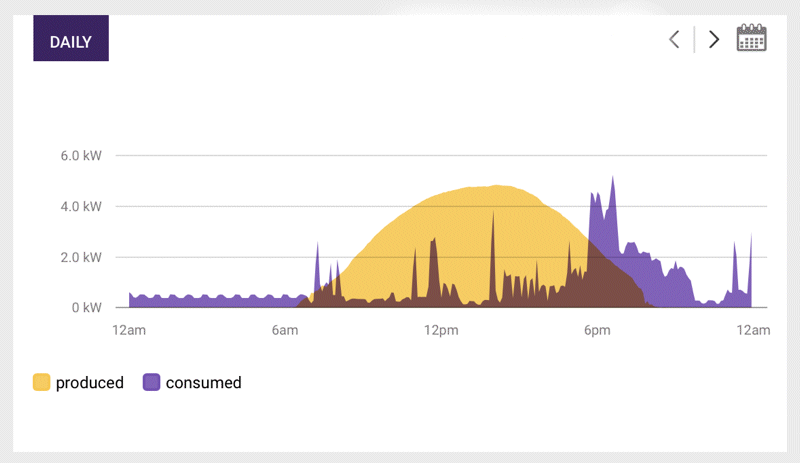The Top 7 Mistakes People Make When Buying Solar Systems
By Finn Peacock – Chartered Electrical Engineer, Ex-CSIRO & Founder of SolarQuotes
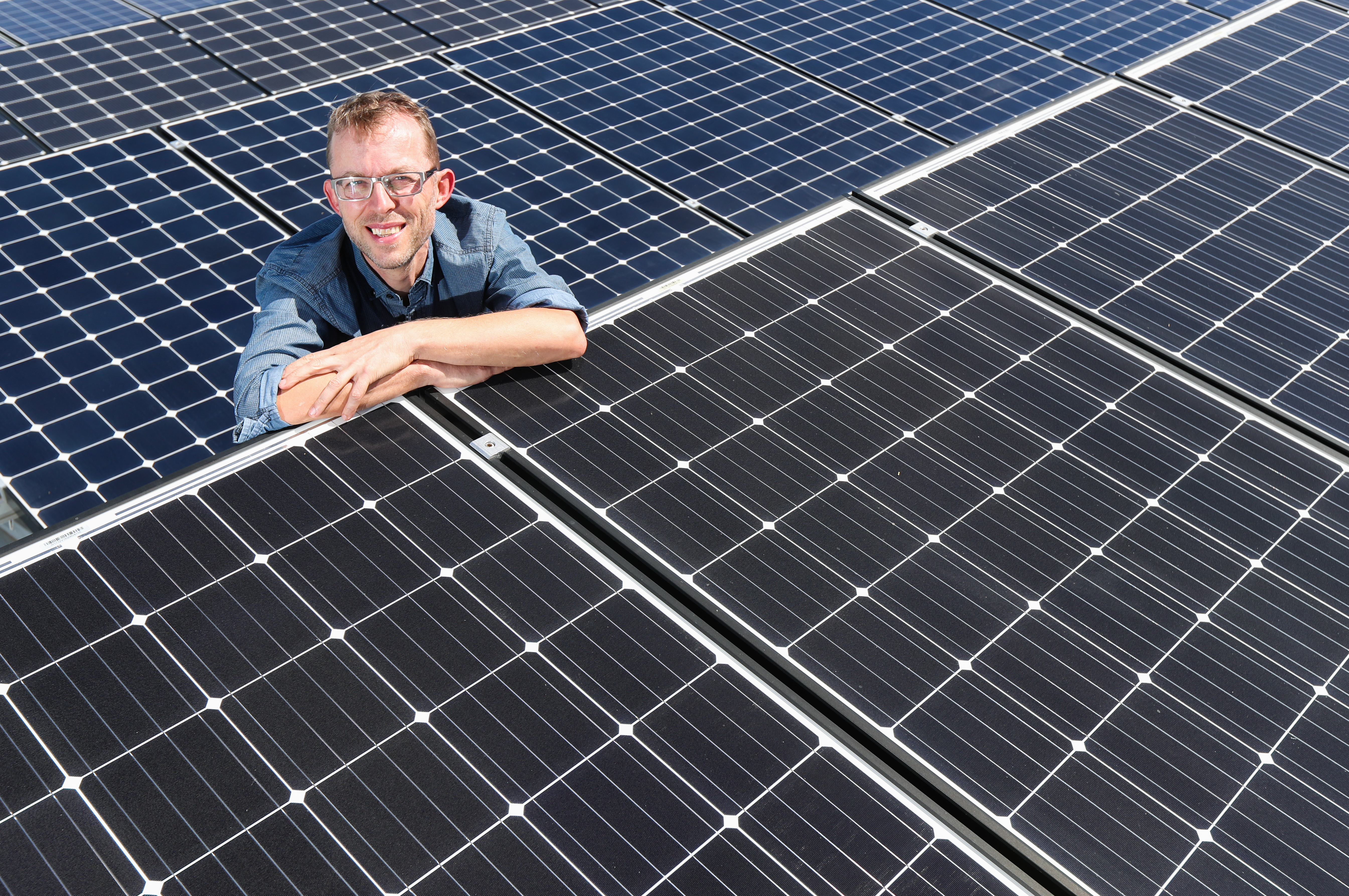
I’m Finn Peacock, a chartered electrical engineer. I live in a house made of straw (seriously!) in sunny Adelaide, with my family of 5.
I’ve got an 18 kW solar system, a Tesla Powerwall 2 battery, and my house is pretty damn energy efficient.
For the last 14 years I’ve run SolarQuotes.com.au, and spent my day-to-day life providing independent, unbiased advice to homeowners looking to go solar.
In that time, I’ve noticed some common mistakes people make that prevents them from maximising their savings from solar – or even from going solar at all!
So, I’ve put together this list of the 7 most common mistakes I’ve noticed – give it a read, and please feel free to share it with any family or friends that are thinking of going solar.
Mistake #1 – Being seduced by the cheapest system on the market
The best deal is very rarely the cheapest deal. This is something we all understand intuitively.
So why are we so easily seduced by unbelievably cheap solar deals that appear so totally believable?
Let me be totally up front with you – I did not set up this website, SolarQuotes, as a tool for people to find the absolute cheapest solar power systems on the market.
If you want the cheapest solar systems on the market, just type “cheap solar” into Google and click on the Google Ad that promises a 6.6kW system for $2,299 (At time of writing, a quality 6.6kW installation will cost approx $5,500 – $9,000). It really is that simple.
On the other hand, if you use my service, you should get great deals on quality hardware installed with care. The prices will be competitive, because the installers are competing with their peers, but I want to be transparent with you. You’ll almost always be able to find a cheaper solar system elsewhere.
Many of the companies that advertise these ‘too good to be true’ deals have approached me asking to join the SolarQuotes network. I turn them down.
I don’t do this because I am trying to manipulate the market or keep great deals away from my visitors.
I do this because I have run SolarQuotes since 2009 with a very simple philosophy: If I would not recommend a company to my grandmother, I will not recommend them through SolarQuotes.
You see, while the front-end purchase may be cheaper with these systems, the Chartered Electrical Engineer in me knows that the long-term consequences of buying these stupid-cheap systems is that they end up being more expensive to the buyer in the long run.
As the old saying goes: “The bitterness of poor quality remains long after the sweetness of low price is forgotten.”
So avoid temptation and just say no to companies offering crazy cheap solar. If you have to replace the whole system a few years down the line – it actually becomes the most expensive option.
Mistake #2 – Falling for ‘zero-interest’ finance and paying too much
The bottom-of-the-barrel, dirt cheap companies blanket the internet with ads for their dirt-cheap solar.
But then there’s the other end of the spectrum: the rip-off merchants.
They’ll never advertise the price of their systems. They’ll usually door-knock and cold-call, using high-pressure sales tactics.
This is because, with the margins they’re making selling $6,000 systems for $15,000 (or more!), they can afford to employ the industries best salespeople by offering them fat commissions.
An important tool in their war-chest is “no interest finance”. It’s easy to hide the fact that you’re slugging someone way too much for a system when it’s broken up into digestible fortnightly payments!
The problem is – all finance has a cost. “No interest” finance can add a whopping 20% or more to the final price of a system through fees and charges.
Don’t misunderstand me. Plenty of reputable solar installers, not just the ripoff merchants, offer “no interest” finance because many customers demand it.
But by shopping around for a low interest finance provider, or by paying cash if possible, you can get a much better overall deal and leave “no interest” finance in the “no rubbish” bin.
One caveat: Some state governments—such as Victoria—offer genuine, taxpayer-subsidised, no-interest finance for part of the purchase price. For example, in VIC, the interest-free solar loan is only $1,400.
Mistake #3 – Waiting for batteries to drop in price before buying solar
Unfortunately, all the hype in the mainstream media about batteries has made people question the viability of solar without batteries – to the extent that people are waiting for ‘affordable batteries’ before they invest in solar.
Don’t get me wrong – with the right installer, using certain brands, it is possible to get a great deal on a solar and battery system when you buy them in one hit.
If you can get such a deal – go for it. But if you can’t – or if they’re still outside your budget – my advice remains ‘don’t wait to put on solar’.
Every day you don’t have solar is another day you do have to pay high electricity bills. A well designed solar system without batteries can give you tiny bills.
Waiting 2, 3 or 4 years for batteries to become more affordable means another 2, 3 or 4 years of high bills.
One day, batteries will be a no-brainer – and when that day comes they can be added to any existing solar system.
So consider going solar now – don’t lose years of savings waiting for cheaper batteries to become mainstream.
Mistake #4 – Not going big
“How many solar panels should I get?” I hear this question all the time!
My go-to answer is: Install as many solar panels as you can comfortably fit and afford.
The number of panels you can install depends on a few factors, like the space on your roof and the rules set by your local electricity network. A smart installer is worth their weight in gold here, as they’ll work with the rules to get you the most solar possible.
I’ve never heard anyone say they wish they’d gotten a smaller solar system. But I do hear from people all the time who wish they’d installed more panels when they had the chance. Adding panels later can be costly and tricky – or sometimes outright impossible.
Even if you think you ‘don’t need’ a bigger solar system right now, you’ll be glad you have one in the future if and when you get a battery or an electric car. If you go with a smaller system, you’ll probably be frustrated with its lower output, especially when winter rolls around.
Mistake #5 – Thinking that – because your roof doesn’t face the optimal direction – solar isn’t worth it
Let’s look at the facts:
North-facing solar panels will peak in power production around midday (and provide the most energy overall).
East-facing panels will peak in the morning. West-facing panels will peak in the late afternoon.
This means a working household can self-consume more solar energy with east and west facing panels, because they give more energy before and after school/work, accelerating their system’s payback.
Sadly, I’ve spoken to more than one homeowner with a massive east or west roof ripe for solar that thinks it just isn’t worth it if their panels can’t face north.
It used to be true that if you couldn’t install panels on a north-facing roof, then a solar power system wasn’t worth it.
Now that prices of solar power systems have dropped so much (around 80% over the last 7 years in Australia), you can get a fantastic return on investment from east facing panels, west facing panels, or a combination of north, east and west.
In some cases it can even make sense to have south facing panels – though this would be a last resort.
Mistake #6 – Not shopping around for the best energy retailer
If you’re in WA you can skip this one – as you don’t have any energy retailer competition!
Whether you have solar or not, the chances are high that you’re not on the best energy plan for your home.
Add solar into the mix, which sells excess generation into the grid, and you are even less likely to be on the optimal plan.
Being on the wrong plan can cost you hundreds of dollars per quarter.
Especially when retailers can pay anywhere between zero and 12c per kWh as a feed in tariff!
I’ve made a nifty electricity tariff comparison tool here to help you find a great plan.
My advice – put on solar. Enjoy the savings for a full quarter. Then use your first solar bill and a good online tool to work out which retailer will give you a balance of high feed-in and low usage to get that bill even lower.
Mistake #7 – Not understanding how shade can affect your solar system
To put it simply – shade and solar do not go well together.
If you have shading issues on your roof, before you even think about what inverter technology to use, first you should get a definitive answer on the impact it will have.
The best way to do this is to have a chosen installer come out and do what’s known as a “SunEye” analysis.
A SunEye is a hand-held device that looks like this:
Your installer will get up onto the roof, and take a photo using the fish-eye lens. The SunEye will then superimpose a “sun path” onto the picture, and tell you EXACTLY how much any shading will affect your system’s output.
Naturally – it’s not free to carry out such a detailed shade analysis.
If you want a SunEye analysis done, most installers will expect a commitment from you to go ahead with their quote if the SunEye gives the all-clear. I personally think this a very reasonable request.
The second best way to quantify the impact shade will have on your production is using software modelling. Although not as good as a physical shade audit, good quoting software can do a reasonable job with a virtual audit:
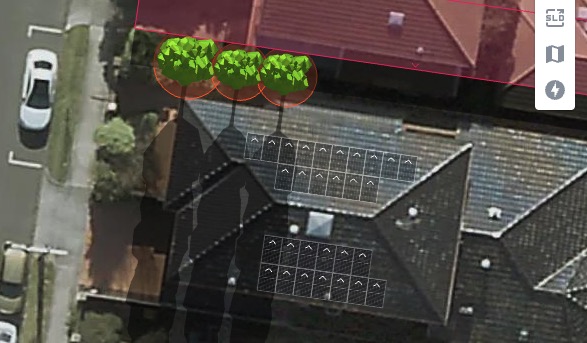
A virtual shade analysis with ‘Pylon’ software quantifies the effect of shade from 3 trees.
BONUS mistake – Thinking standard ‘out of the box’ inverter monitoring is all you need
“Wi-Fi” enabled inverters are all the rage these days. One of their benefits is that they allow you to login and see the generation of your solar system in near real-time.
You’ll get a graph that looks something like this:
The problem is – this only shows you what your solar is producing. It tells you nothing about how much energy you’re consuming in your home, or how much of a dent solar is making in your bills!
Enter “consumption monitoring”. This is when you get access to both your solar generation AND your household’s consumption, and it looks something like this:
You see way more detail about how energy is being used in your home! And with access to this data, it’s really easy to see where you can get some quick, money-saving ‘wins’ by shifting your usage to times of day when you have excess solar generation.
Expect to pay $500-$800 extra for consumption monitoring, depending on the brand you go with.
There’s a variety of consumption monitoring solutions available, such as the Fronius Smart Meter, Emberpulse, SolarEdge, Solar Analytics, Efergy and Enphase.
The photos above are taken from the Solar Analytics installation on my own home – and I’m a big fan.
Having consumption monitoring also makes it really easy to diagnose any issues you might be having with your system.
Some monitors, such as my Solar Analytics, will even send you an alert as soon as it detects a fault in your system. Which is far better than waiting for your quarterly bill to realise that your system isn’t working!
But – the main advantage is that they give an easy, visual representation of what’s going on in your home and with your system. You don’t need to be a Chartered Engineer, like me, to make sense of it all.
And I personally think that’s priceless.
So there you have it – my top 7 mistakes (plus a bonus mistake!) that I’ve seen Aussies make when considering solar.
If you’re considering installing solar panels for your home or business, SolarQuotes can help you get quotes from high-quality installers quickly and easily:
